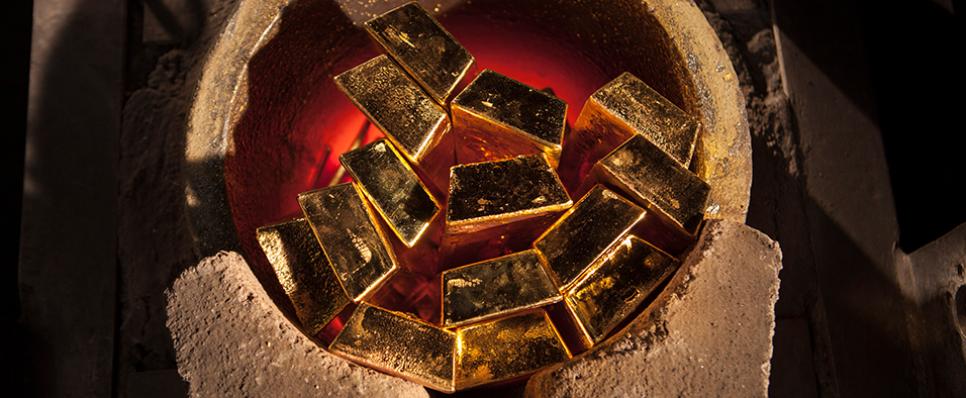Published: 27 Sep 2017
How to recycle gold?

The process to recycle gold is probably one of the smartest initiatives man has taken. Gold is a precious metal that is naturally found and cannot be manufactured, and hence there is only a finite amount of it. In fact, recent estimates suggest that there is only enough gold to sustain mining at current rates for another 20 years. While it might be easy to believe that planet earth is so very large and that we could potentially never run out of gold, the reality is a little more challenging than that. In order to mine gold, it needs to be economical. It is becoming increasingly difficult for us to profitably extract gold from mines. The reason for this is that all the low-hanging fruit in terms of gold mines has been exhausted, and the newer sites have much less gold per unit area of land.
So how can you recycle gold?
One of the most common ways of recycling gold is from consumer electronics. Electronics contain small amounts of gold inside them – primarily at the points of electrical connection. Many hobbyists, and some professionals spend their time extracting gold from the components of scrapped consumer electronics.
The process starts with looking for old circuit boards with a high density of connectors. The pins of the connectors are gold plated. Each circuit board is carefully stripped of all the gold laden parts, to which a strong acid mixture (Nitric Acid and Hydrochloric Acid) is added. The acid reacts with the gold to form gold chloride. This gold chloride is separated from the liquid mixture, by bringing the mixture to a boil or passing it through a very fine filter. What’s left behind is a powder which when heated beyond the melting point of gold will form a tiny button of gold. While the size of gold button from a single computer might not be as impressive, it might be intriguing to know that 1 tonne of iPhones have more gold than 1 ton of ore from any gold mine in the world.











